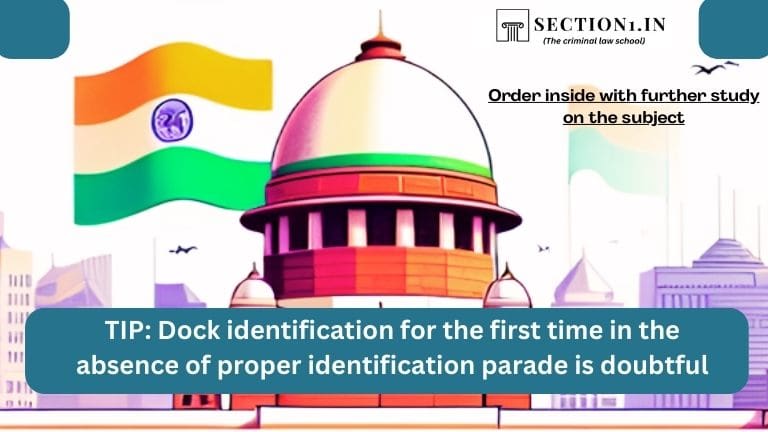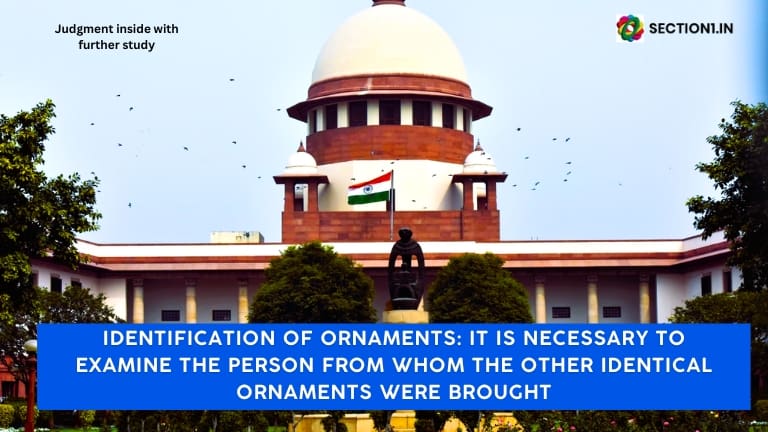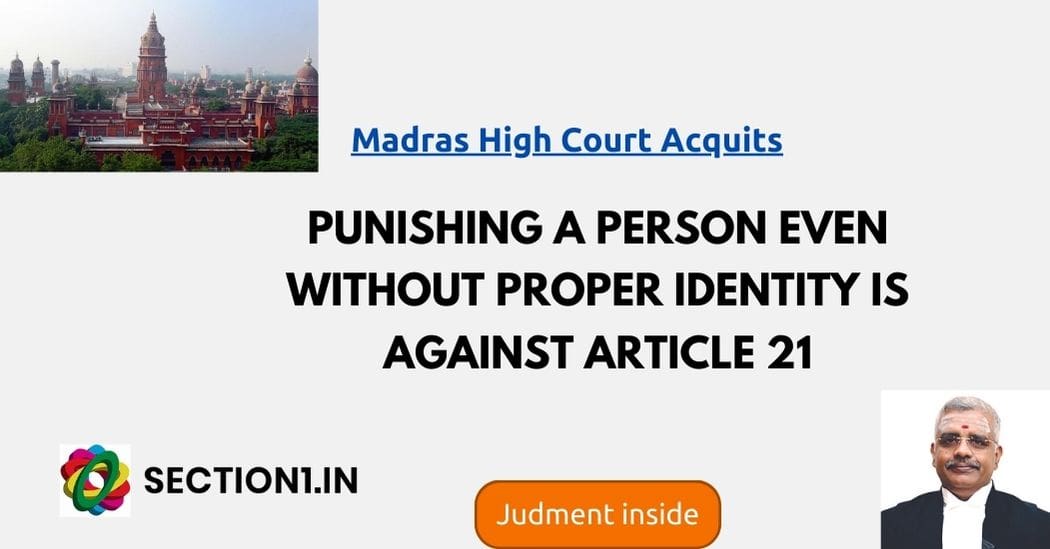BACKGROUND OF THE CASE
The Sessions Court convicted the appellant-accused for the offences punishable under Sections 302 and 201 read with Section 34 of the Indian Penal Code, 1860 (for short, ‘IPC’). He was sentenced to undergo life imprisonment for the offence punishable under Section 302 read with Section 34 of IPC. He was sentenced to undergo rigorous imprisonment for three years for the offence punishable under Section 201 read with Section 34 of IPC. His conviction and sentence have been confirmed by the High Court by the impugned judgment.
PROSECUTION CASE
3. The prosecution’s case is that on 17th February 2004, the deceased and the appellant consumed liquor. Thereafter, the appellant accompanied the deceased on his motorcycle. The appellant was driving the motorcycle, and the deceased was a pillion rider. The motorcycle met with a minor accident in which Pyare Lal (PW-6) suffered a minor injury. When PW-6 cried for help, Hari Chand Sharma and others came there, and at their intervention, the matter was settled with the appellant. Accordingly, the appellant paid a sum of Rs. 50/- to PW-6 for buying the medicines. Thus, PW-6 is the witness to prove the theory of last seen together.
4. According to the prosecution case, three companions of the appellant and the deceased had consumed liquor. Thereafter, there was an altercation between them and the appellant and two others assaulted the deceased on the head, resulting in his death. Three of them dug earth by the side of a hand pump and buried the dead body of the deceased. According to the case of the prosecution, a memorandum of disclosure was made by the appellant, as a result of which the dead body could be exhumed.
CIRCUMSTANTIAL EVIDENCE APPRECIATION
5. Thus, the prosecution’s case is based on circumstantial evidence. The two most important circumstances forming part of the chain are (a) last seen together and (b) recovery of the deceased’s body at the instance of the appellant.
TEST IDENTIFICATION PARADE DISPORVED
9. Admittedly, PW-6 did not know the appellant before the incident at 04:00 p.m. on 17th February 2004. But test identification parade was not conducted. A test identification parade is conducted as a part of the investigation when an eyewitness does not know the accused before the incident. It is conducted to ascertain whether the witness can identify the accused from the midst of several persons having similar appearances. The identification of the accused in the test identification parade by the eyewitness, though not conclusive, may, in a given case, give credence to the identification of the accused before the Court by the eyewitness. However, the failure to conduct a test identification parade is not always fatal. It all depends on the facts of each case.
S.P SHOWN THE ACCUSED TO THE WITNESS IN HIS OFFICE NOT TIP
10. In the present case, there is a disturbing feature. Instead of holding a test identification parade, PW-6 was called to the office of the Superintendent of Police, and the appellant was shown to him in the office. Thus, the identification of the appellant by PW-6 in the court is not free from reasonable doubt. It becomes very doubtful as the accused was shown to the witness in the office of the Superintendent of Police, only with a view to see that he identifies the accused in the court. This procedure is not known to law. Moreover, the evidence of another eyewitness to the theory of last seen together has been withheld from the court. Therefore, the testimony of PW-6 cannot be believed. Thus, the important circumstance of the last seen together has not been established. Hence, the first circumstance in the chain of circumstances has not been established.
11. Hence, we hold that the prosecution has failed to prove the charges against the appellant beyond a reasonable doubt. Therefore, the appeal succeeds, and we set aside the impugned judgment. The appellant is acquitted of the offence alleged against him. The bail bonds of the appellant stand cancelled.
12. The appeal is, accordingly, allowed.
PARTY: Mohd. Rijwan vs State of Haryana – CRIMINAL APPEAL NO. 2350 OF 2011 – October 13, 2023.
https://main.sci.gov.in/supremecourt/2011/25382/25382_2011_11_1501_47630_Judgement_13-Oct-2023.pdf






